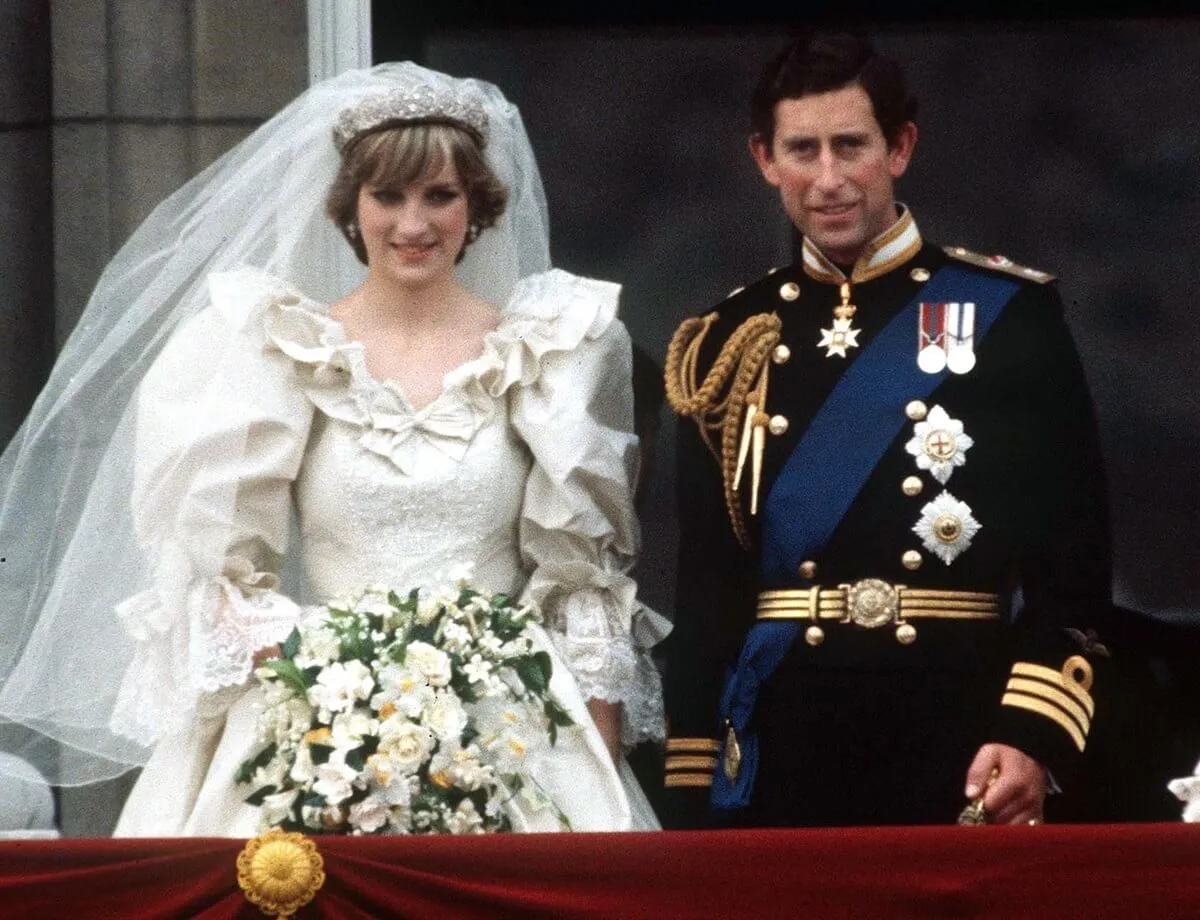Why ‘Degrassi: The Next Generation’ Had a Different Name After Season 9
Degrassi: The Next Generation was quite a popular Canadian TV series when it was on the air. The show was an update on an old favorite, adapting to meet the viewing expectations of a contemporary audience.
Fans of the show may have noticed that after a certain period of time, the title changed. Here’s the story behind why that happened and how it reflected a new era in the show’s development.
‘Degrassi: The Next Generation’ delivered a new premise for a classic favorite
According to IMDB, Degrassi: The Next Generation ran from 2001-2015. The show followed the exploits of a new batch of students at the same school featured in the classic Canadian series Degrassi Junior High. The show dealt with the many issues teenagers face as they grow up in their formative years. It tackled topics such as relationships and bullying while also dealing with tougher, darker ones such as guns in schools and the deaths of students.
The name fit the show at first. 14 years had passed between the last version of the show and this one. It was a new generation of kids dealing with a new generation of problems, and the title reflected that. While the show lasted for a decade and a half, it changed its name following its ninth season.
Why ‘Degrassi: The Next Generation’ had a different name after season nine

Most shows don’t last more than a few seasons on TV if they even make it that long. It’s rare when a show gets to a decade. When Degrassi: The Next Generation hit the nine-year mark, things began to change thanks to a message from the network: their time was (supposedly) at an end.
According to Mental Floss, Degrassi producer Stephen Stohn said in his memoir that the company who owned the network nearly gave the show the axe. Bell Media, owner of CTV, informed the show’s creative team that they weren’t planning to renew the show.
This was obviously bad news, but another network and some creative thinking saved the series from its demise.
Nickelodeon’s sister station, TeenNick, broadcast the show in the U.S. They contacted Stohn and wanted a “teen soap opera” they could air every evening. This was great news, but it wasn’t quite what Stohn had in mind. He came up with a solution that kept everyone happy, and more importantly, kept the show on the air.
‘Degrassi: The Next Generation’ shook things up for season 10
Stohn had a slightly different idea: rebrand the show as simply Degrassi and develop it in a “telenovela” style. That was enough to give this new iteration of the series life on TeenNick.
The new format of the show led to a change in how the episodes were presented as well. Season 10 ended up being a whopping 44 episodes. Producers released them into two, distinct chapters. The first half was known as Degrassi: The Boiling Point while the second half was titled Degrassi: The Breaking Point.
More importantly, the rebranding turned this new version of the show into its own entity. Referring to it as Degrassi: The New Generation always tied it back to what came before. The word “new” in the title wasn’t really accurate at that point; after nearly a decade on the air, it wasn’t new anymore. The rebrand was a subtle shift that may have used the same name but made a clear distinction that this show was its own thing.
Degrassi’s season 10 rebrand was a way to reestablish the show on its own merits while still paying tribute to the foundation that came before it.


